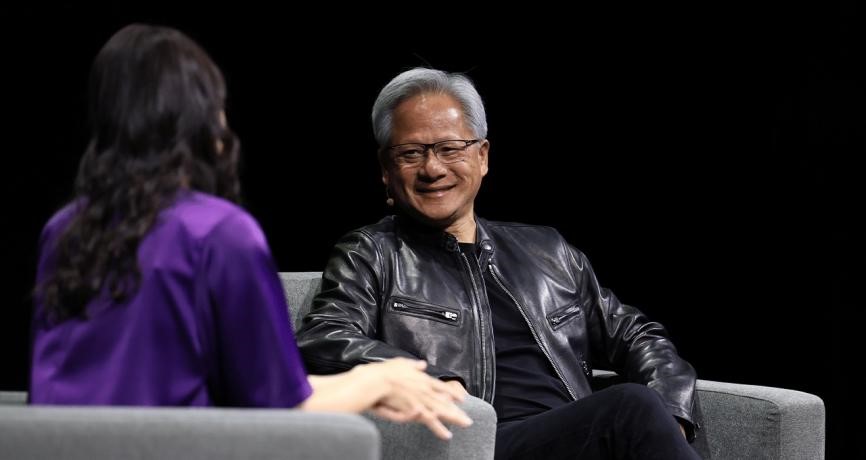In today's fast-moving technology landscape, Nvidia is leading the wave of artificial intelligence (AI) innovation with its far-reaching ecosystem ambitions. Through a series of presentations and announcements at SIGGRAPH, Nvidia revealed its ambitious roadmap for building the computing platform of the future.
The first wave: a breakthrough in accelerated computing
Nvidia's first wave of AI centered around accelerated computing, and with the introduction of CUDA technology, Nvidia has set a new industry standard for GPU-accelerated computing. Since 2006, CUDA has become the choice of more than a million software developers, driving a wide range of applications, from deep learning to scientific computing. Nvidia's GPU-accelerated computing technology not only reduces energy consumption, but also meets the growing computing demand, providing a powerful impetus for the development of AI.
Wave 2: The Spread of Enterprise AI
As AI technology matures, the second wave of AI led by Nvidia focuses on the popularization of enterprise AI. Huang's description of "everyone being augmented and having a collaborative AI" is becoming a reality. NVIDIA is democratizing and democratizing AI technology by providing powerful AI platforms and tools that enable enterprises to create and deploy their own custom AI solutions.
Wave 3: The rise of physical AI
The third wave of AI that Nvidia foresees is the era of physical AI. Citing the concept of the Chinese science fiction novel The Three-Body Problem, Huang proposed the "three-computer problem," which involves the entire process of creating, training and running AI. Through its Omniverse platform, Nvidia is advancing physical AI so that it can function not only in the digital world, but also in the real world. Through simulation and augmented reality, Nvidia's physical AI is revolutionizing areas such as industrial design, construction, and autonomous driving.

Pictured: Huang presents his ambitious vision for building the computing platform of the future at SIGGRAPH
OpenUSD: A bridge to the ecosystem
Nvidia's promotion of OpenUSD is a key component of its ecosystem strategy. OpenUSD, an open standard co-founded by Nvidia with Pixar, Adobe, Apple, and Autodesk, is becoming the new ubiquita franca of the 3D industry. Not only does it improve interoperability between 3D tools and workflows, but it also provides a flexible way for small teams and large organizations to collaborate. The promotion of OpenUSD heralds the further deepening and expansion of Nvidia in the 3D field.
Partnerships: Expansion of the ecosystem
NVIDIA's ecosystem isn't limited to its own technologies and products. Through partnerships with Shutterstock, Getty Images, and others, Nvidia is helping partners train their own text-to-3D models, further enriching the content and use cases of its ecosystem. This partnership not only expands the boundaries of Nvidia's ecosystem, but also opens up new possibilities and opportunities for the industry as a whole.
Conclusion
Nvidia's three waves of AI, from breakthroughs in accelerated computing to the popularization of enterprise AI to the rise of physical AI, each step reflects Nvidia's deep understanding and vision of ecosystem building. Through the SIGGRAPH presentation and Huang's speech, we can see Nvidia's strong commitment and direction to drive industry standardization, facilitate technology synergy, and expand the boundaries of the ecosystem. With the development of artificial intelligence and 3D technology, Nvidia is leading the industry into a broader future with its ecosystem strategy.






